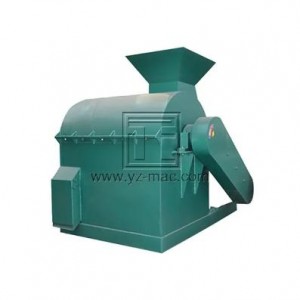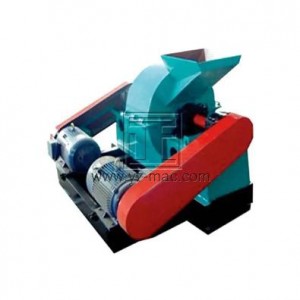How are fertilizers produced?
Fertilizers are produced by synthesizing or purifying natural substances. Common synthetic fertilizers include nitrogen, phosphorus, and potash. The raw materials for these fertilizers are derived from petroleum, mineral and natural resources. Nitrogen fertilizer is produced by chemical reaction of gaseous ammonia, phosphate fertilizer is obtained by physical and chemical treatment of phosphate ore, and potassium fertilizer is obtained by physical and chemical treatment of potash ore. There are also biomass fertilizers, such as organic fertilizers and manure composts, which are derived from living organisms.


Naturally purified fertilizers, such as stone phosphorus, sodium sulfate, and sodium nitrate, are extracted directly from natural minerals or purified by physical or chemical methods.
Harmful substances, such as ammonia and hydrogen sulfide, may be produced during the production of fertilizers, which need to be treated and complied with national environmental protection standards. The selection and use of chemical fertilizers need to follow the formula of the soil and the needs of the crops. Excessive use will have adverse effects on the soil and the environment.
In addition, the use of chemical fertilizers also needs to follow the prescribed fertilization amount and fertilization time, and fertilization adjustments should be made according to soil type, terrain, climate and other factors to ensure the best fertilization effect. In the process of fertilization, issues such as transportation and storage need to be considered to ensure that chemical fertilizers do not pollute the environment or affect human health.
In addition, in recent years, in order to solve the negative impact of chemical fertilizers on the environment and human health, a method called organic agriculture has been proposed, which is mainly achieved through the use of organic fertilizers, soil improvement, and farmland management. Efficient and environmentally friendly production purposes.
In addition, some alternative fertilizer technologies are also under development, such as biochar fertilizers, microbial fertilizers, and plant extract fertilizers. Crop nutrients provide a more stable and long-lasting contribution.
In short, chemical fertilizers are an indispensable source of nutrients for agricultural production, but the production and use of chemical fertilizers need to take into account environmental and human health issues, and comprehensive solutions should be adopted to improve agricultural production efficiency and protect the environment and human health at the same time.
What are the 4 main fertilizers?
The 4 main fertilizers are nitrogen, phosphorus, potash and calcium.
1.Nitrogen fertilizer: Nitrogen is one of the essential nutrients in the process of plant growth, which can promote the growth of stems and leaves of plants. Common nitrogen fertilizers include ammonia nitrogen fertilizer, ammonium nitrate, urea and so on.
2.Phosphorus fertilizer: Phosphorus is an important nutrient for plant root development and reproduction, and it can also promote plant stress resistance. Common phosphate fertilizers include diammonium phosphate, triammonium phosphate, and sodium phosphate.
3.Potassium fertilizer: Potassium is an important nutrient for plant fruit ripening and stress resistance, and it can promote plant fruit development and fruiting. Common potassium fertilizers include potassium chloride and potassium sulfate.
4.Calcium fertilizer: Calcium is an important element for the stability of plant cell wall structure and genetic material, which helps plants resist diseases and adapt to the environment. Common calcium fertilizers include lime and calcium carbonate.
Post time: Jan-11-2023

